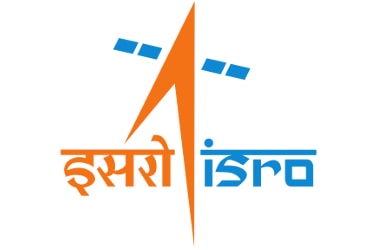The Indian Space Research Organisation (ISRO) said on Tuesday it had successfully tested the main parachutes for its Gaganyaan Crew Module at the Babina Field Firing Range in Jhansi, Uttar Pradesh, on November 3.
The test was part of a series of Integrated Main Parachute Airdrop Tests (IMAT) to qualify the parachute system for India’s first human spaceflight mission, ISRO said in a statement.
The Gaganyaan Crew Module’s parachute system consists of ten parachutes of four types. The descent sequence begins with two apex cover separation parachutes that remove the protective cover of the parachute compartment, followed by two drogue parachutes to stabilize and decelerate the module. After the drogues are released, three pilot parachutes deploy three main parachutes that further slow down the Crew Module to ensure a safe landing. The system is designed with redundancy, meaning that even two of the three main parachutes are sufficient to achieve a safe touchdown.
The main parachutes deploy through a process known as reefed inflation, in which the parachute first opens partially (reefing) and then fully after a predetermined time (disreefing) using a pyrotechnic device.
During this test, ISRO simulated one of the extreme scenarios involving a delay in the disreefing between two main parachutes. The test successfully validated the parachutes under maximum design load conditions, evaluating their structural integrity and load distribution under asymmetric disreefing — one of the most critical load scenarios expected during actual descent.
A simulated mass equivalent to the Crew Module was dropped from an altitude of 2.5 km using an Indian Air Force IL-76 aircraft. The parachute system deployed as planned, the sequence executed flawlessly, and the module achieved a stable descent and soft landing, confirming the robustness of the design.














